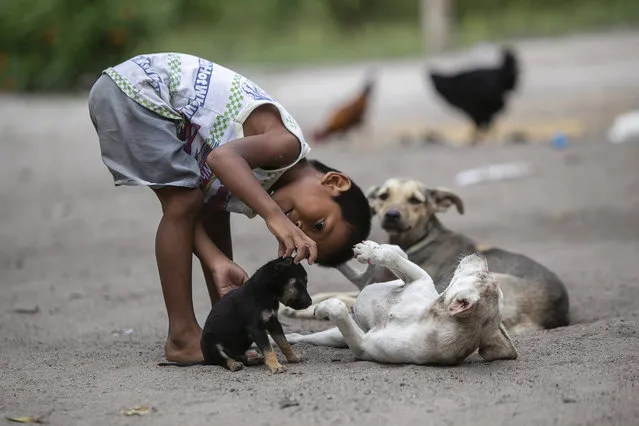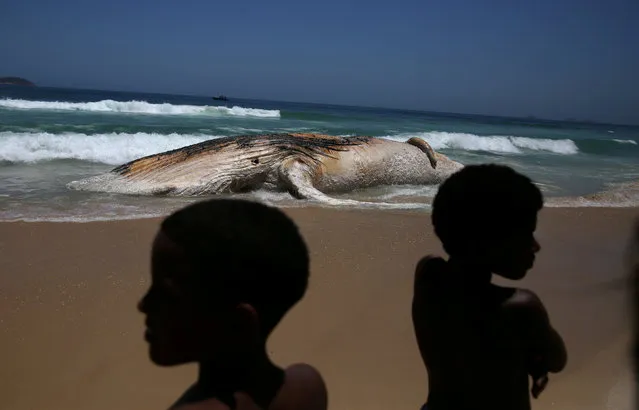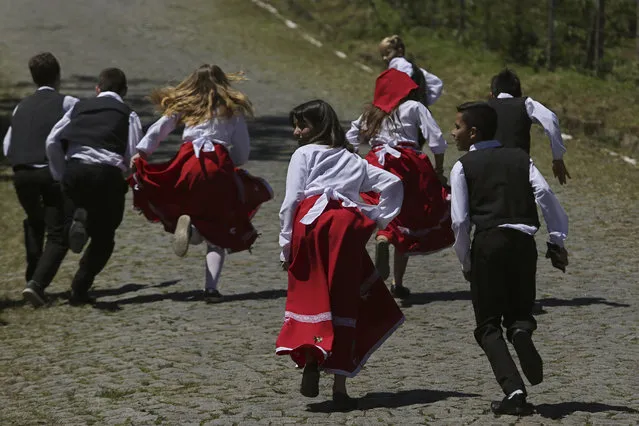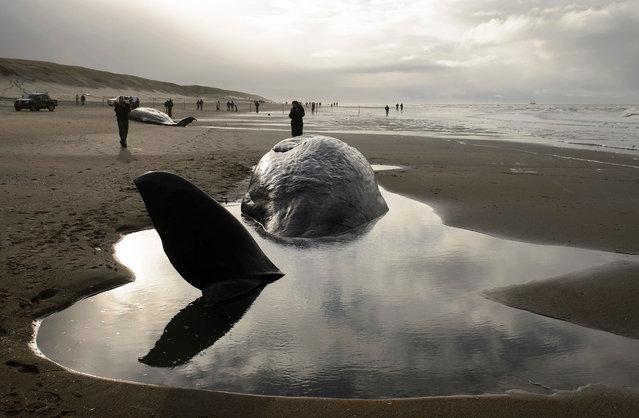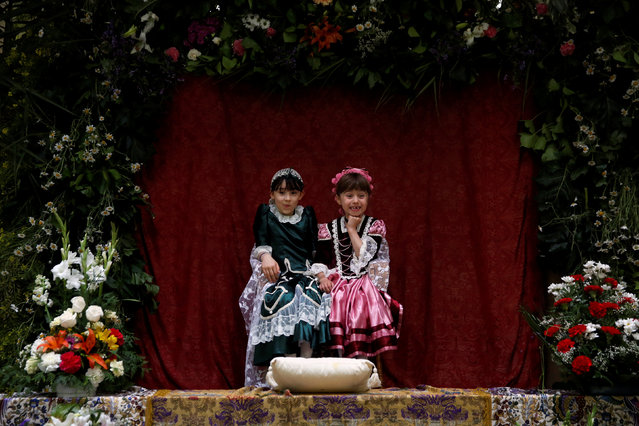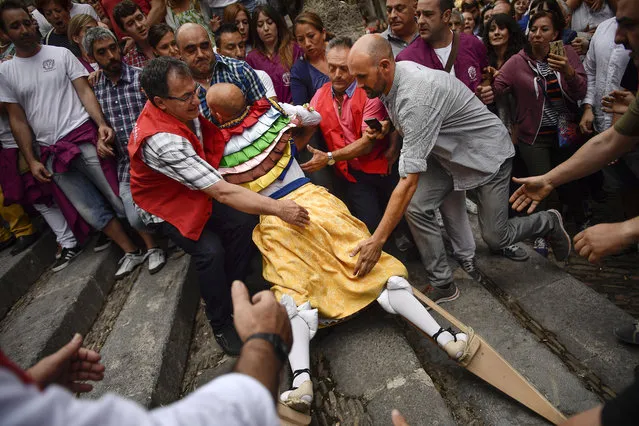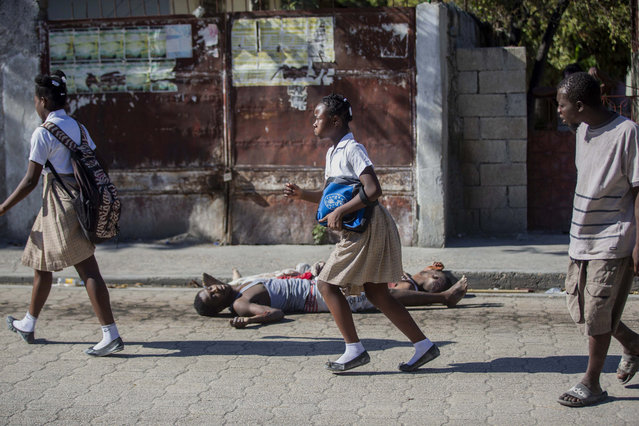
Students rush past the bodies of inmates outside the Croix-des-Bouquets Civil Prison after an attempted breakout, in Port-au-Prince, Haiti, Thursday, February 25, 2021. At least seven people were killed and one injured on Thursday after eyewitnesses told The Associated Press that several inmates tried to escape from a prison in Haiti’s capital. (Photo by Dieu Nalio Chery/AP Photo)
26 Feb 2021 11:55:00,post received
0 comments

